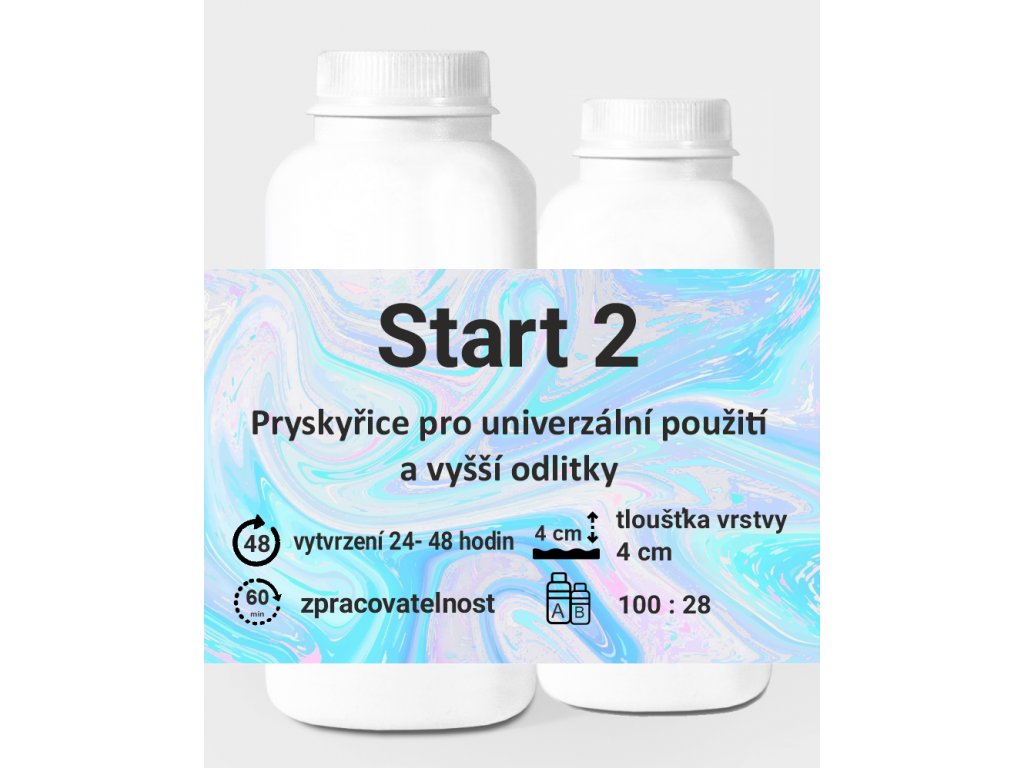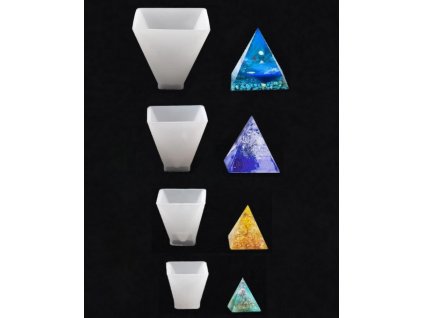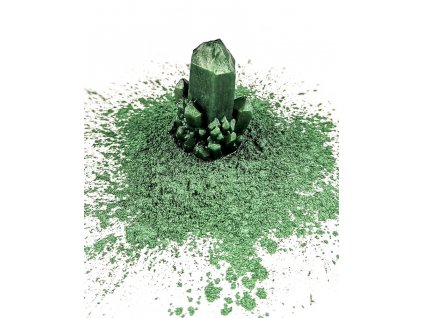Epoxy resin Start 2
Start 2 epoxy resin has a wide range of applications. It is suitable for pouring and creating decorative objects, tables, clocks and small jewellery from resin. This resin is a great choice for those who are just starting out, but also for experienced creators. The resin produces a very nice surface even without machining.
This resin is suitable for pouring into silicone moulds from our range up to a thickness of approx. 3-4 cm.
The resin is supplied with hardener. The quantity purchased is the sum of the weight of components A and B.
Mixing ratio: 100 : 28 (by weight).
Country of origin Czech Republic
Clouding of the A component of resins (milky colour, white pieces, lumpiness, etc.) is a common phenomenon caused by storage at temperatures below 20 °C (in storage, during transport, etc.). If clouding is detected when casting component A, do not mix the resin with component B. First, place the sealed bottle with ingredient A in a warm water bath (50-70°C) for 20-30 minutes and the cloudiness will disappear. Let cool and then process.




The advantage of Start 2 epoxy resin is a good price/performance ratio, because its use is universal and the price is low. This resin is characterized by its low viscosity, which reduces the formation of air bubbles when mixing the components and makes it easier to impregnate various materials with the resin.
It is not fully transparent and can be applied in layers of about 3-4 cm. In the case of higher castings, we recommend casting it in layers, after partial or complete hardening of the bottom layer. For higher end products, clouding may occur with uncoloured resin. The resin is very fluid and has self-leveling properties. It has a very nice surface even without machining. It can be well coloured and pigmented. Cures in approx. 24-48 hours, is easy to work and polish. It has excellent mechanical properties, high strength and cohesion.
Be the first who will post an article to this item!












